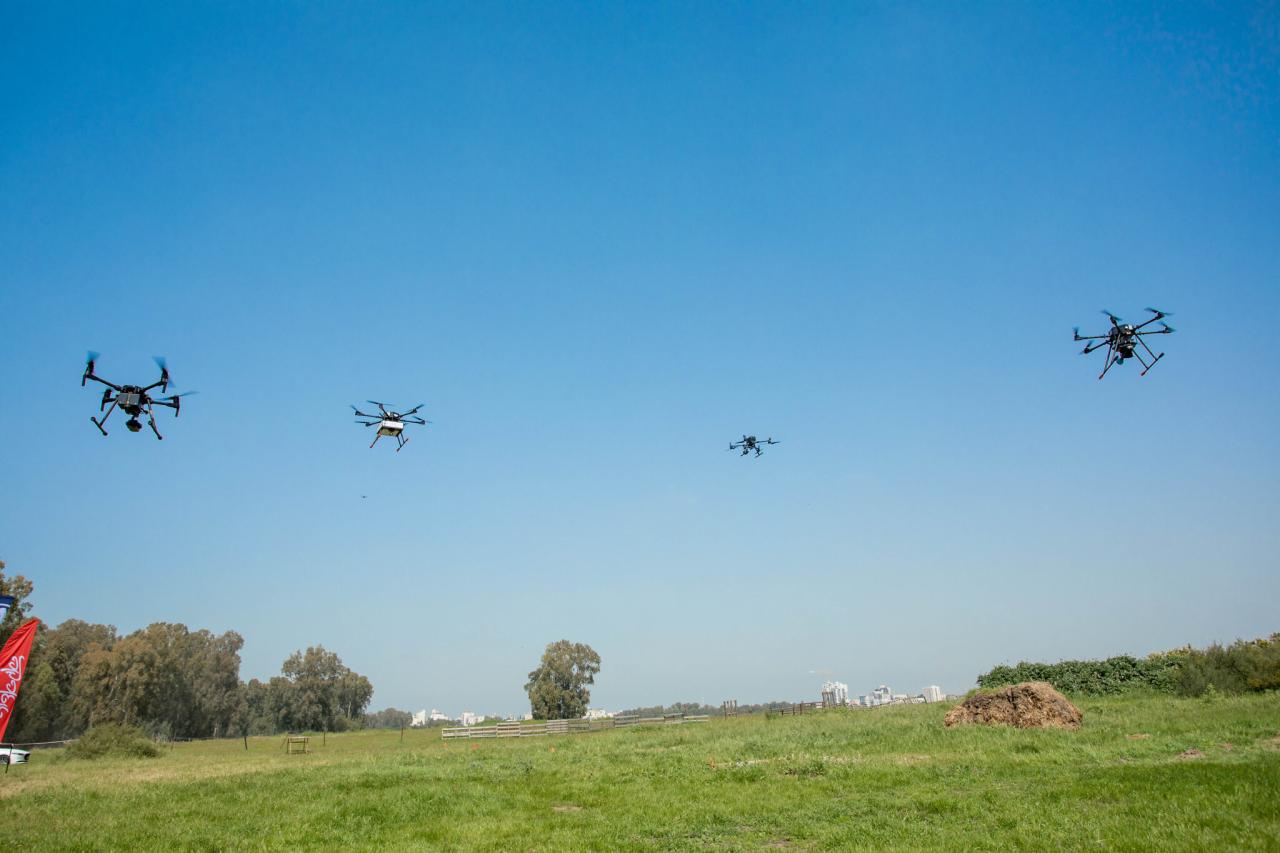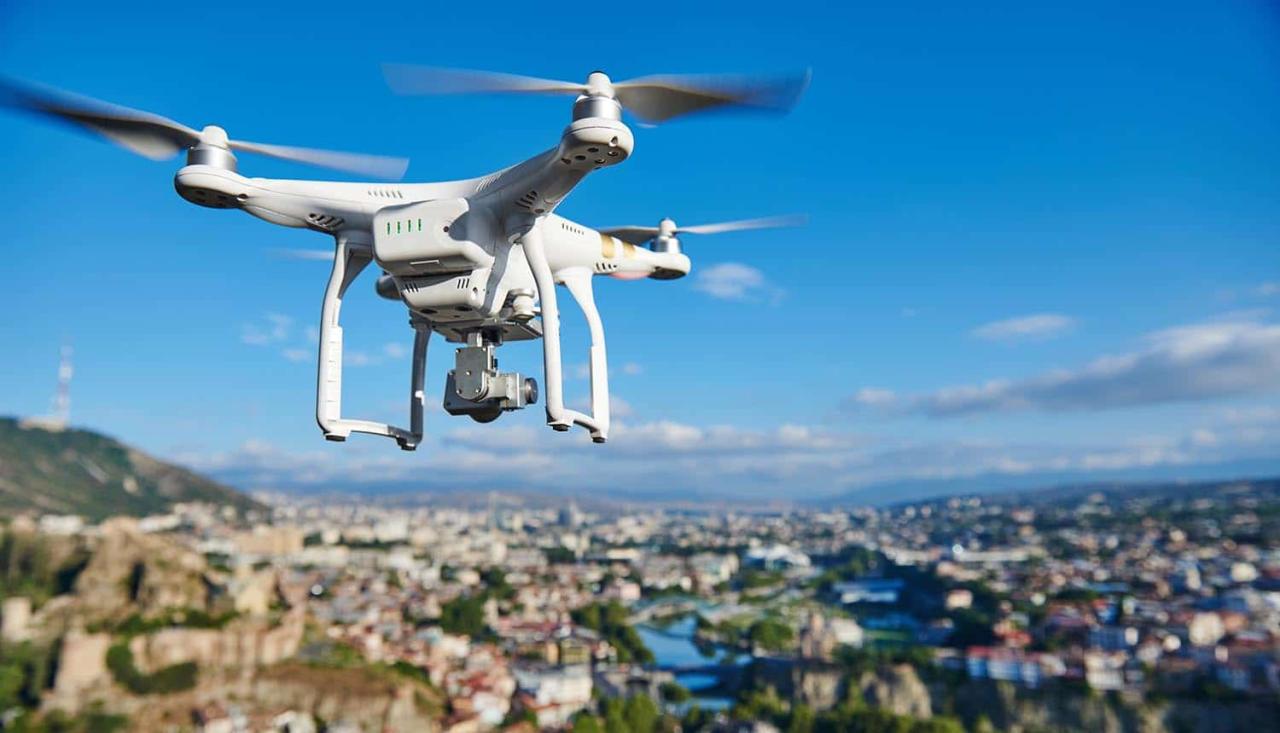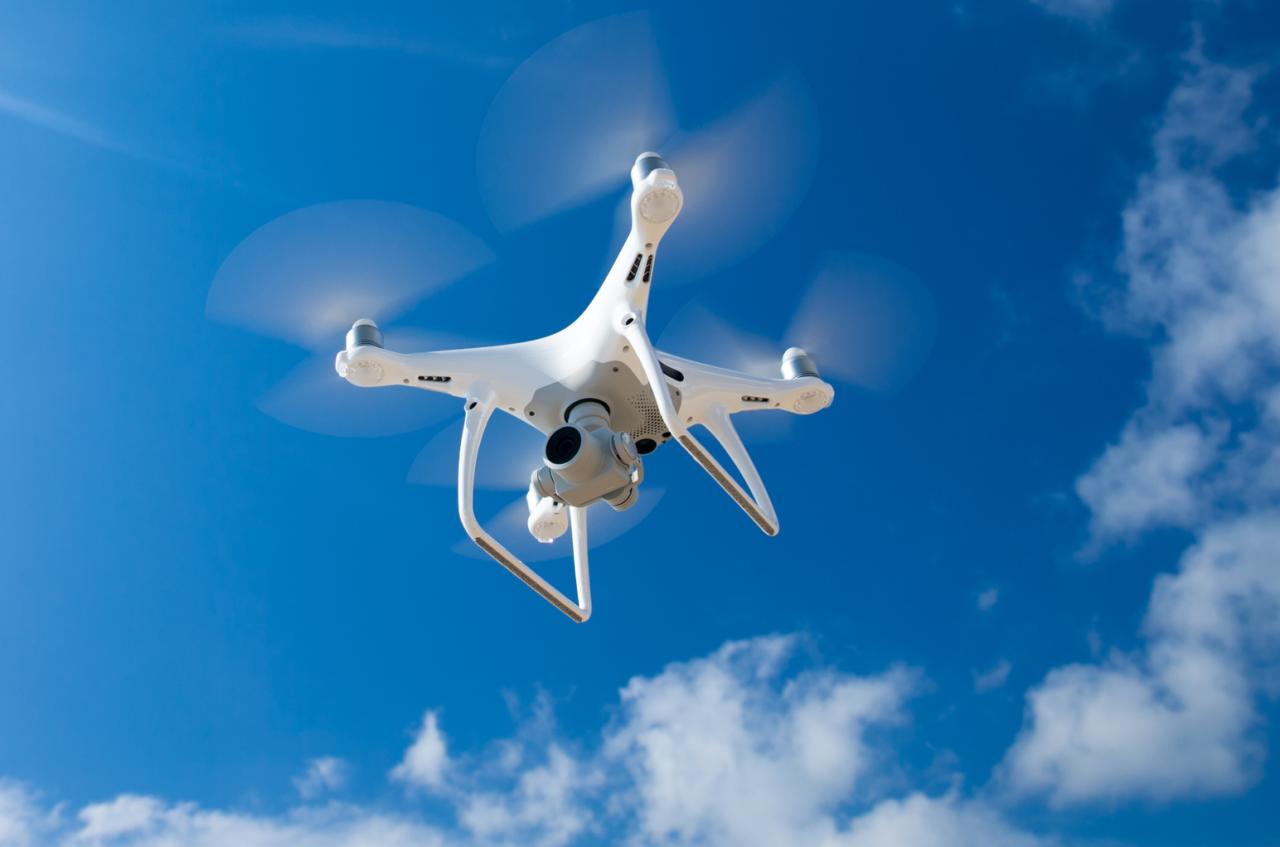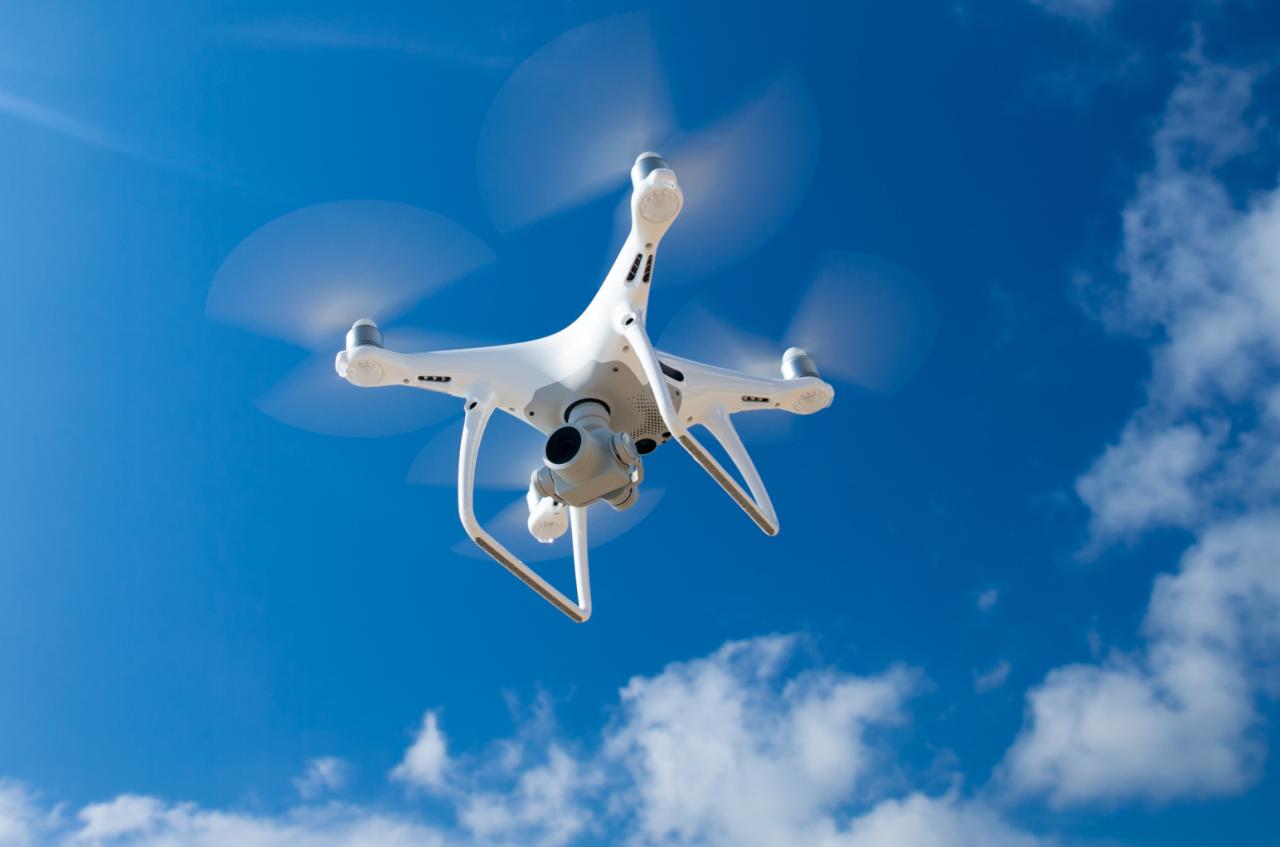Sky elements drones are revolutionizing how we observe and analyze atmospheric conditions. This technology allows for unprecedented detail in capturing images and data of clouds, atmospheric phenomena, and other sky elements, opening up new possibilities across various fields. From precision agriculture to environmental monitoring and even improved weather forecasting, the implications of drone-based sky element analysis are far-reaching and transformative.
This exploration delves into the methods employed for identifying sky elements in drone footage, considering the challenges posed by varying lighting and weather conditions. We will examine the diverse applications of this technology, from enhancing agricultural practices to aiding in urban planning and infrastructure management. Furthermore, we will discuss the technological aspects, including sensor technologies, drone platforms, and data processing techniques, as well as the crucial safety and regulatory considerations involved in operating drones for this purpose.
Sky Element Identification in Drone Footage
Drone technology offers a unique perspective for observing and analyzing atmospheric conditions. Analyzing sky elements from drone footage presents several challenges, primarily due to the variability of lighting conditions and the complexity of atmospheric phenomena. This section will explore these challenges, detailing automated identification methods, algorithm comparisons, and the impact of weather on accuracy.
Challenges in Sky Element Identification
Identifying sky elements like clouds and atmospheric phenomena in drone footage is challenging due to several factors. Variable lighting conditions, including sunlight intensity, shadows, and atmospheric scattering, significantly affect image quality and the visibility of subtle details. Furthermore, the diversity of cloud types and their dynamic nature make consistent automated identification difficult. The resolution of the drone camera also plays a crucial role, with higher resolutions offering more detailed information but also increasing computational demands.
Automated Identification Methods
Automated identification of sky elements relies heavily on image processing techniques. These techniques typically involve image segmentation, feature extraction, and classification algorithms. Image segmentation divides the image into distinct regions representing different sky elements. Feature extraction then identifies characteristics like texture, color, and shape within these regions. Finally, classification algorithms assign labels to these regions, identifying specific cloud types or atmospheric phenomena.
Comparison of Cloud Classification Algorithms
Various algorithms exist for cloud classification, each with strengths and weaknesses. Machine learning algorithms, such as convolutional neural networks (CNNs), have shown promising results in accurately classifying different cloud types. However, these algorithms often require large training datasets and significant computational resources. Traditional image processing techniques, such as thresholding and texture analysis, are simpler to implement but may be less accurate, particularly in complex scenes.
Impact of Weather Conditions on Accuracy
Weather conditions significantly impact the accuracy of sky element identification. Heavy rainfall or snowfall can obscure the view, reducing image quality and making accurate identification difficult. Strong winds can also affect drone stability, leading to blurry images. Conversely, clear skies with uniform lighting provide optimal conditions for accurate identification.
Effectiveness of Image Processing Techniques
| Technique | Accuracy | Computational Cost | Limitations |
|---|---|---|---|
| Convolutional Neural Networks (CNNs) | High | High | Requires large training datasets |
| Thresholding | Moderate | Low | Sensitive to lighting variations |
| Texture Analysis | Moderate | Moderate | Limited ability to distinguish subtle differences |
| Support Vector Machines (SVMs) | High | Moderate | Can be computationally expensive for large datasets |
Drone Applications Utilizing Sky Element Data: Sky Elements Drones
Real-time analysis of sky elements from drone footage has significant implications across various sectors. This section explores applications in agriculture, environmental monitoring, weather forecasting, and urban planning.
Agricultural Applications
In agriculture, real-time analysis of cloud cover and other sky elements allows for precise irrigation scheduling. For example, drone footage can identify areas with insufficient cloud cover, indicating a need for irrigation. Conversely, areas with significant cloud cover may require less irrigation. This optimized irrigation scheduling reduces water waste and improves crop yields.
Environmental Monitoring Applications
Drone-acquired sky element data plays a crucial role in environmental monitoring. Analysis of images can help detect air pollution levels by identifying haze or smog. Furthermore, the early detection of wildfires is possible by identifying smoke plumes and heat signatures in drone footage. This enables timely intervention and reduces the extent of damage.
Weather Forecasting Applications
Drone technology enhances localized weather forecasting by providing high-resolution observations of sky elements. By analyzing cloud formations, wind patterns, and other atmospheric phenomena, drones can provide detailed, localized weather predictions, improving the accuracy of traditional weather models. This is particularly beneficial for areas with limited weather station coverage.
Drone-Based Weather Monitoring System Architecture

A drone-based weather monitoring system would typically consist of several components: a fleet of drones equipped with high-resolution cameras and sensors, a ground control station for data acquisition and processing, and a cloud-based platform for data storage and analysis. The system would use image processing algorithms to analyze drone footage, providing real-time information on cloud cover, wind speed, and other relevant weather parameters.
Sky Elements Drones specializes in crafting breathtaking aerial displays, utilizing cutting-edge technology for seamless drone choreography. However, the recent incident highlighted in this report on a drone show accident underscores the importance of rigorous safety protocols and meticulous planning. Sky Elements Drones prioritizes safety above all else, continuously refining its procedures to prevent such occurrences and ensure the continued success of future drone shows.
This information is then integrated with traditional weather models to improve prediction accuracy.
Urban Planning and Infrastructure Management Applications
Drone imagery of sky elements can aid in urban planning by providing insights into urban heat island effects. Analysis of cloud cover and solar radiation can inform the design of energy-efficient buildings and infrastructure. Furthermore, drone footage can be used to assess the impact of air pollution on urban areas, guiding strategies for improving air quality.
Technological Aspects of Drone-Based Sky Element Analysis
The accuracy and effectiveness of drone-based sky element analysis depend heavily on the underlying technology. This section will explore key sensor technologies, drone platforms, data management challenges, and data processing techniques.
Sensor Technologies
High-quality images and data are essential for accurate sky element analysis. Drones are typically equipped with high-resolution RGB cameras, multispectral cameras, and thermal cameras. RGB cameras capture visible light, providing detailed information on cloud formations and atmospheric phenomena. Multispectral cameras capture images in multiple wavelengths, allowing for the detection of subtle variations in atmospheric conditions. Thermal cameras detect heat signatures, which can be useful for detecting wildfires or other heat sources.
Drone Platforms, Sky elements drones
Both fixed-wing and multirotor drones are suitable for sky element observation, each with its own advantages and disadvantages. Fixed-wing drones offer longer flight times and greater range but are less maneuverable. Multirotor drones are more maneuverable and can hover in place, allowing for detailed observations of specific areas, but have shorter flight times.
Data Transmission and Storage
High-resolution drone imagery requires significant storage capacity and efficient data transmission methods. Large datasets can be challenging to manage and process, requiring robust data storage solutions and efficient compression techniques. Secure and reliable data transmission is crucial to ensure the timely availability of information for analysis.
Data Processing Techniques
Image stitching and noise reduction are crucial for improving the accuracy of sky element analysis. Image stitching combines multiple overlapping images to create a larger, higher-resolution image, enhancing the detail of the captured scene. Noise reduction techniques filter out unwanted noise and artifacts, improving the clarity and quality of the images.
Open-Source Software and Libraries

- OpenCV
- Scikit-image
- GDAL
- QGIS
Safety and Regulatory Considerations
Operating drones for sky element observation requires adherence to strict safety protocols and regulations. This section addresses safety protocols, regulations, risks, data privacy, and permission procedures.
Sky Elements Drones specializes in creating breathtaking aerial displays, utilizing cutting-edge technology for seamless, synchronized drone formations. However, the recent incident highlighted in this report, a drone show accident , underscores the importance of rigorous safety protocols and meticulous planning. Sky Elements Drones prioritizes safety above all else, constantly refining its operational procedures to prevent similar occurrences and ensure the continued success of its spectacular drone shows.
Safety Protocols Near Restricted Airspace
Operating drones near airports and other restricted airspace requires strict adherence to safety protocols, including obtaining necessary permissions and maintaining a safe distance from aircraft. Pilots must be aware of airspace restrictions and follow all applicable regulations to prevent accidents.
Regulations and Permissions
Conducting drone-based sky element observation requires obtaining the necessary permissions from relevant aviation authorities. These permissions typically involve registering the drone, obtaining a pilot’s license, and filing flight plans. Regulations vary by country and region, and it’s crucial to understand and comply with all applicable laws.
Risks Associated with Weather Conditions

Operating drones in adverse weather conditions poses significant risks. Strong winds, heavy rain, and snow can affect drone stability and lead to crashes. Furthermore, adverse weather can reduce image quality and compromise the accuracy of data acquisition. It’s crucial to monitor weather conditions and postpone flights if necessary.
Data Privacy and Security
Ensuring data privacy and security is paramount when collecting and analyzing sky element data. Sensitive information should be protected using appropriate security measures, including data encryption and access control. Compliance with relevant data protection regulations is essential.
Procedures for Obtaining Permissions
Obtaining necessary permissions for drone operation typically involves submitting a flight plan to the relevant aviation authority, providing details about the flight path, purpose of the flight, and safety measures. The authority will review the plan and grant permission if all requirements are met. A flowchart illustrating the process could be included here, but a detailed textual description is beyond the scope of this section.
Illustrative Examples of Sky Element Analysis from Drone Footage
This section presents illustrative scenarios showcasing the practical applications of drone-based sky element analysis.
Cloud Cover for Irrigation Scheduling
A farmer uses drone imagery to assess cloud cover over his fields. The drone captures images showing a mix of cumulus and stratus clouds, indicating moderate cloud cover. By analyzing the images, the farmer determines that irrigation is needed in areas with less cloud cover, optimizing water usage and improving crop yields. The analysis shows a 15% reduction in water usage compared to traditional irrigation methods.
Early Wildfire Detection and Monitoring
A drone equipped with a thermal camera detects a small wildfire in a remote area. The thermal images reveal a distinct heat signature, indicating the presence of fire. The drone footage is used to monitor the fire’s spread and provide real-time information to firefighters, allowing for a rapid response and limiting the damage.
Air Pollution Detection
Drone imagery reveals a significant haze layer over an industrial area. Analysis of the images, combined with ground-level air quality data, confirms high levels of air pollution. The drone footage helps identify the sources of pollution and inform strategies for reducing emissions. The visual indicators, such as reduced visibility and a brownish haze, clearly correlate with elevated pollution levels.
The integration of drones and advanced image processing techniques for analyzing sky elements presents a powerful tool with immense potential across numerous sectors. The ability to collect high-resolution data in real-time offers unparalleled insights into atmospheric conditions, leading to more informed decision-making in agriculture, environmental monitoring, weather forecasting, and urban planning. While challenges remain in data processing, regulatory compliance, and safety protocols, the ongoing advancements in drone technology and image analysis promise to further enhance the accuracy and applicability of this innovative approach to atmospheric observation.
User Queries
What types of drones are best suited for sky element analysis?
Sky elements drones are increasingly used for spectacular aerial displays, pushing the boundaries of what’s possible in drone technology. For a prime example of this, check out the impressive visuals of the orlando drone show , showcasing the artistry and precision achievable with advanced drone choreography. The innovations seen in these shows directly influence the development of future sky elements drone applications.
Multirotor drones are often preferred for their stability and maneuverability, allowing for precise positioning and image capture. However, fixed-wing drones offer longer flight times, making them suitable for larger areas.
How is data privacy ensured when using drones for sky element analysis?
Strict adherence to data privacy regulations is crucial. This involves obtaining necessary permissions, anonymizing data where possible, and implementing secure data storage and transmission protocols.
What are the limitations of using drones for sky element analysis?
Limitations include factors like weather conditions (e.g., strong winds, heavy rain), battery life constraints, and the need for skilled operators. Image quality can also be affected by atmospheric conditions.
What is the cost involved in setting up a drone-based sky element analysis system?
The cost varies depending on the drone platform, sensor technology, software, and data processing infrastructure. It can range from a few thousand to tens of thousands of dollars.
